|
April showers bring May flowers, or so we thought, until now. Artificial flowers seem like a great concept, no black roses or sharp thorns. They'll never die and are not susceptible to weather, pests, or pretty much anything. You don't need sunshine, water, or a brain. They're forever in bloom, yet forever flawed. Constructed of plastic, wire, and polyester.
Today's artificial flower factories are found along the the Pearl River delta in Guangdon China. And although many of the components are machine made, they're still predominantly assembled by hand. Tons of artificial flowers are shipped around world, therefore making the market is a multi-billion dollar industry. Buyers include the world's biggest retailers; Wal-Mart, Target, Costco, and Home Depot. It is hard to go a day without seeing a fake flower,whether in a waiting room, restaurant, or store. It is like we have a problem with empty space. Historically flowers have represented... beauty, love and romance, nature, the birds and the bees, death and mourning, as well as revolution; i.e. the hippie flower placed in a police officer's gun barrel. Flowers are inherently apart of the human experience, most obviously adorning celebrations and tragedies but also blooming whilst growing food. A bride crosses pedals on her way to the alter, and a mourner throws flowers into a newly filled grave. But unlike this corpse, when did flowers go lifeless, turn to plastic? It's crazy to think plastic flowers will outlive us all. But why? Well somewhere around the late 70's and 80's with the onset of mechanically produced polyester came fake flowers. Obviously flowers are the most common form of inspiration, either for artistic pursuits or for scientific study, such as the Blaschka glass flowers and sea creatures at Harvard. But let's face it, we got lazy. Rather than watering and waiting for the orchid to bloom, someone thought it would be better to stare at a plastic-one collecting dust in the corner. Sure some may blame pollen allergens, but heck, these fake flowers are filth collectors. It actually wasn't until FOX new's reported fake flowers melting in some suburban Texan front yards that this cockamamie idea of global warming was challenged. Then out of the woodwork came ExxonMobil, George W. and Donald Trump ready to defend their investments in fake flowers made by oil. They don't see the earth as this living thing, kind of like an apple left in the sun to bake and rot in a Zip-lock bag. So there you have it folks, when someone dies, put them in their plastic clothing, inside a plastic coffin, covered in plastic flowers, topped with a plastic tomb. So one day when their grand-son little Johnny goes out to plant his apple-seeds, there will be already be a plastic plant flowering inedible fruit, ready to feed his hunger.
0 Comments
Leave a Reply. |
LAJ
100 Objects of Popular and Material Culture is an blog exploring the manifestations of human consumption and commodity-ization. The purpose of this experiment is to explore material and popular culture in contemporary society by using objects and concepts to prompt wider questions and reflections. So by emulating The British Museum's and Neil MacGregor's format of A History of the World in 100 Objects I plan to satirically analyze and reinterpreted 100 material culture objects over the course of 2014. Material Culture is the study of our culture's consumption of stuff; namely the manifestation of culture through material productions where people's perceptions of objects is socially and culturally dependent. With this, objects reflect conscious and unconscious beliefs on the the individuals who fabricated, purchased, or used them, and by extension the society where they live. So examining materiality, cultural truths and societal assumptions may be discovered. As anthropologist Arjun Appaduai states "in any society the individual is often caught between the cultural structure of commodity-ization and his own personal attempts to bring a value and order to the universe of things." Objects and commodities make up a much larger symbolic system consisting of want and need, socio-economic status, fashion, etc. Often times form follows function whether the commodity, market, and or consumer forever evolve around one-another. Philosopher Pierre Bourdieu's theories of capital flow full circle; where regardless if you are a minimalist or a hoarder the world is made up of things and everyone will leave their footprint on the earth. So by humorously analyzing marketed objects and concepts, hopefully this blog will provide further incite into ideas of over-consumption, a disposable society, consumerism vs. anti-consumers, planned obsolescence vs. sustainability, as well as the greater good of mankind and future generations. Archives
March 2015
Categories |
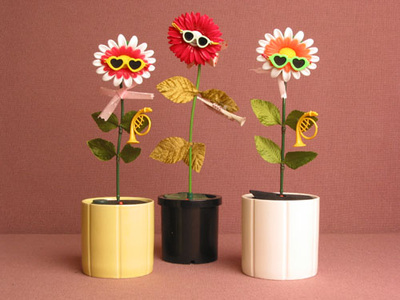
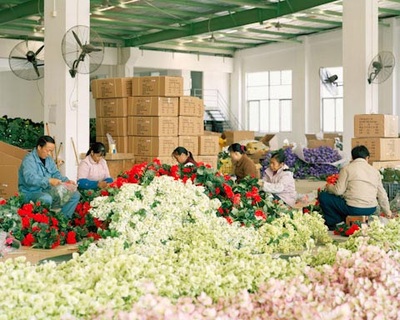

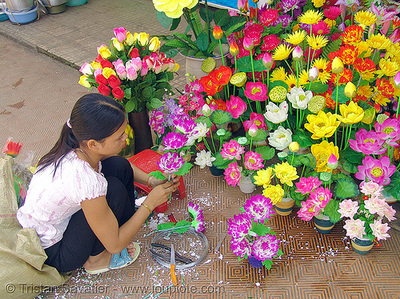
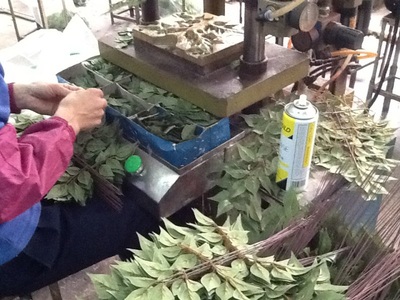
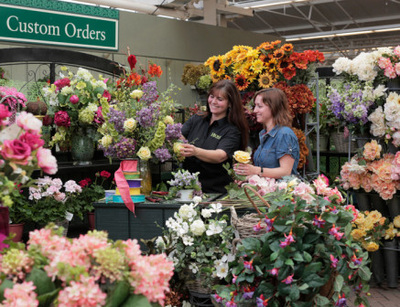

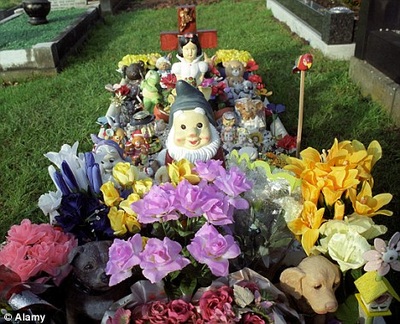
 RSS Feed
RSS Feed